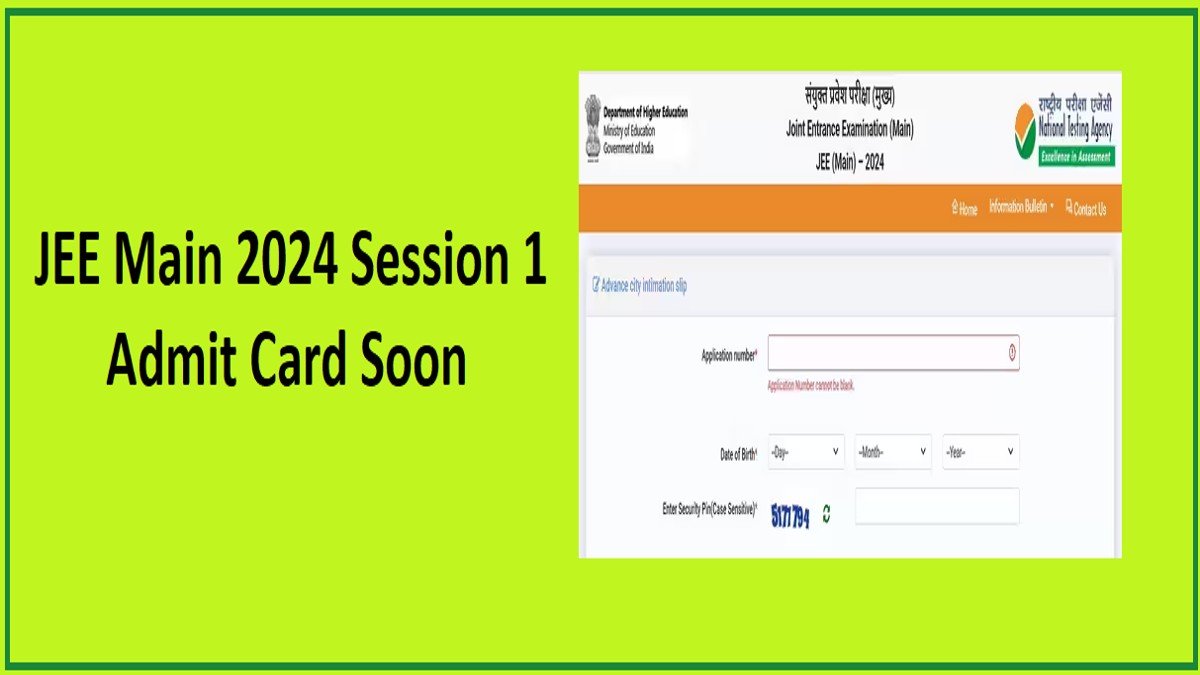NEET UG Laws : The National Eligibility cum Entrance Test for Undergraduates (NEET UG) is a pivotal examination in India, primarily designed for students aspiring to pursue medical and dental courses. As one of the most competitive entrance tests, it serves as a gateway to various prestigious institutions across the country, thereby playing a critical role in shaping the careers of future healthcare professionals. NEET UG tests candidates on subjects such as Physics, Chemistry, and Biology, necessitating a comprehensive understanding of these disciplines.
Among these subjects, Physics holds significant importance, particularly the chapter on laws of motion. A solid grasp of motion principles is essential, not only for NEET UG but also for foundational knowledge in the medical field. Students must apply concepts from mechanics, including force, acceleration, and momentum, to comprehend various biological systems and phenomena. The assessment of laws of motion in the NEET UG examination enables evaluating students’ analytical and problem-solving skills within a scientific context.
Preparation for NEET UG requires a strategic approach to studying both the syllabus and previous years’ trends. Analyzing past papers can provide insights into frequently tested concepts, allowing students to identify areas of focus. For instance, understanding the weightage of laws of motion can help in allocating appropriate preparation time to this topic. The importance of these analyses is amplified for the upcoming 2025 examination, as students navigate a competitive landscape where proper preparation can significantly impact their success.
Consequently, prospective medical and dental students must recognize the critical nature of NEET UG. A thorough comprehension of its structure and criteria will not only enhance their preparedness for the examination but also foster a deeper appreciation of the scientific principles that underpin healthcare practices.
Understanding Laws of Motion in NEET UG Syllabus
The NEET UG syllabus encompasses a thorough examination of the laws of motion, which are vital for any student aspiring to pursue a career in the medical field. The understanding of these fundamental concepts is crucial, as they not only apply to physics but also have relevant implications in various biological systems. The syllabus primarily covers Newton’s laws of motion, friction, and circular motion, each of which holds significant weightage in the examination.
Newton’s laws of motion serve as the foundation for understanding the relationship between the motion of objects and the forces acting upon them. The first law, often referred to as the law of inertia, states that an object at rest stays at rest and an object in motion continues in motion unless acted upon by a net external force. The second law introduces the concept of acceleration as it relates to force and mass, best encapsulated by the equation F=ma, where F is force, m is mass, and a is acceleration. The third law emphasizes the principle of action and reaction, asserting that for every action, there is an equal and opposite reaction.
Students must also familiarize themselves with the concept of friction, which describes the resistance encountered by objects in motion. This includes static friction, kinetic friction, and the factors affecting these types. Understanding these forces is integral for practical applications in both physics and biological scenarios. Additionally, circular motion is covered, where the concepts of centripetal force and acceleration illustrate the dynamics of objects moving in a circular path. Mastery of these areas is essential for students to effectively answer questions related to laws of motion in the NEET UG exam.
Weightage Analysis of Laws of Motion in the Last 10 Years
The study of laws of motion forms a fundamental aspect of physics, specifically in the context of the NEET UG examination. Analyzing the historical weightage of questions pertaining to this topic over the past decade reveals significant trends that can inform preparation strategies for aspiring candidates targeting the 2025 exam. Throughout the last ten years, the frequency and types of questions related to laws of motion have demonstrated a consistent pattern, reflecting the importance of this subject within the broader physics syllabus.
Statistical data shows that laws of motion questions account for approximately 20% of the total physics questions in NEET UG. This figures indicate that examining these laws is crucial for students aiming for high scores. An analysis of question types reveals a predominance of conceptual questions, as well as numerical problems that require students to apply core principles. Notably, there has been a gradual increase in analytical and application-based questions in recent years, which necessitates a deeper understanding of the concepts. This trend encourages a shift in focus from rote learning to a more problem-solving approach, reflecting the examination’s evolving nature.
Furthermore, understanding the weightage of this topic can significantly influence students’ study plans. Given its consistent representation in the exams, dedicating adequate time to laws of motion is essential for effective preparation. Students should prioritize both theory and application, ensuring they are well-versed in the diverse question formats that may arise. By recognizing these patterns and fostering a strategic approach, candidates can enhance their readiness for the challenges that the NEET UG 2025 examination will present. A comprehensive grasp of laws of motion not only aids in achieving better scores but also lays a strong foundation for future studies in physics and related disciplines.
Strategies for Preparing for Laws of Motion in NEET UG 2025
Preparing for the Laws of Motion section in the NEET UG 2025 exam requires a strategic approach that encompasses understanding fundamental concepts, practicing problem-solving, and regular revision. To effectively master this critical area of physics, students should consider a multifaceted preparation strategy.
First, a solid grasp of the foundational principles is essential. Students should begin by reviewing NCERT textbooks, which serve as the primary reference for the NEET syllabus. Focus on key topics such as Newton’s laws, free body diagrams, and the concepts of force and acceleration. Supplementing the NCERT material with reference books like “Concepts of Physics” by H.C. Verma or “Understanding Physics” by D.C. Pandey can provide deeper insights and different problem-solving approaches.
In addition to reviewing theoretical concepts, consistent practice with a variety of problems is vital. Students should integrate practice questions from past NEET papers as well as mock tests into their study routine. Test series specifically designed for NEET can be particularly beneficial as they simulate the exam environment and help build time management skills. Websites and online platforms may offer additional resources, including video lectures and quizzes, that can cater to different learning styles.
Furthermore, revision techniques play a crucial role in retaining knowledge. Creating concise notes for key formulas and concepts will aid in quick revision as the exam approaches. It is also helpful to organize group study sessions where students can clarify doubts and deepen their understanding through discussion.
Lastly, maintaining a balanced study schedule that allows for periodic breaks and sufficient rest can enhance focus and retention. Utilizing these strategies will enable students to effectively prepare for the Laws of Motion segment, positioning them for success in the NEET UG 2025 examination.





